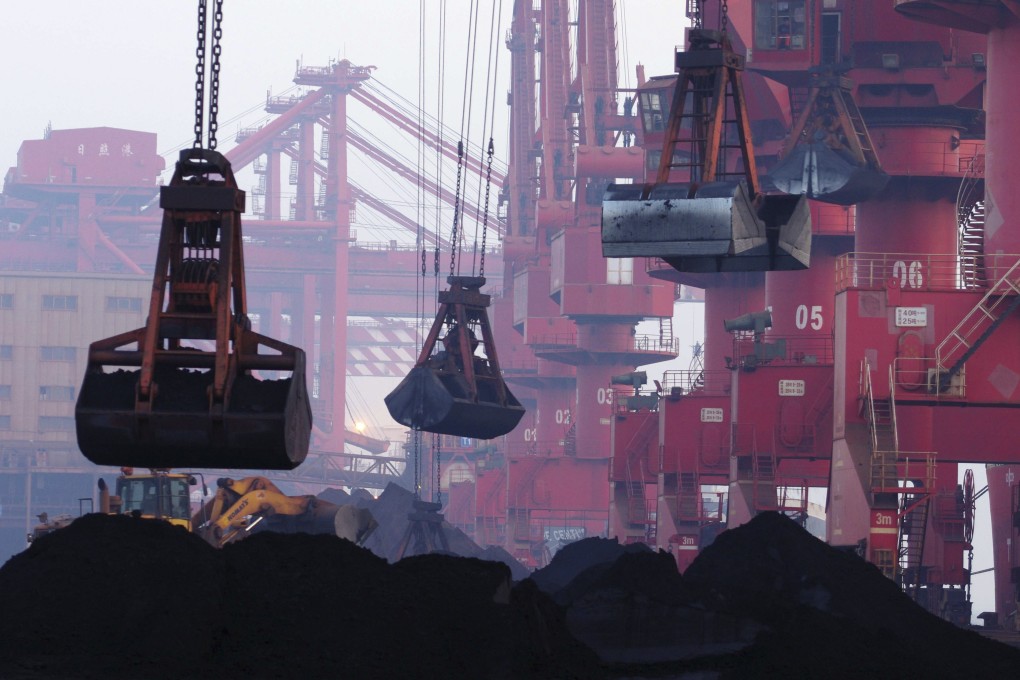Macroscope | Iron ore’s ‘bull market’ shows rise of financial trading

One of the more fanciful notions from the recent rally in iron ore prices is that the steel-making ingredient is now back in a bull market.
Asian spot iron ore does meet the technical definition of being in a bull market, having gained 25.4 per cent between its record low of US$44.10 a tonne on July 8 and the close of $55.30 on July 29.
Markets are said to be in a bull phase when the rally exceeds 20 per cent, likewise they are in a bear period when the decline is greater than 20 per cent.
Traders are more likely to talk about dead cat bounces than bull runs where iron ore is concerned, and the fact remains that despite the price rally, iron ore remains down 25.7 per cent so far this year and is barely a quarter of what it was at its all-time high in early 2011.
The recent gain in spot prices is actually the second technical bull market already this year, following the 40 per cent jump between the low of $46.70 a tonne on April 2 and the peak of $65.40 on June 11.
It’s probably the case that the recent rally in prices will fizzle on the harsh reality of a massively oversupplied market and stagnant steel output in China, the buyer of about two-thirds of global seaborne iron ore.
